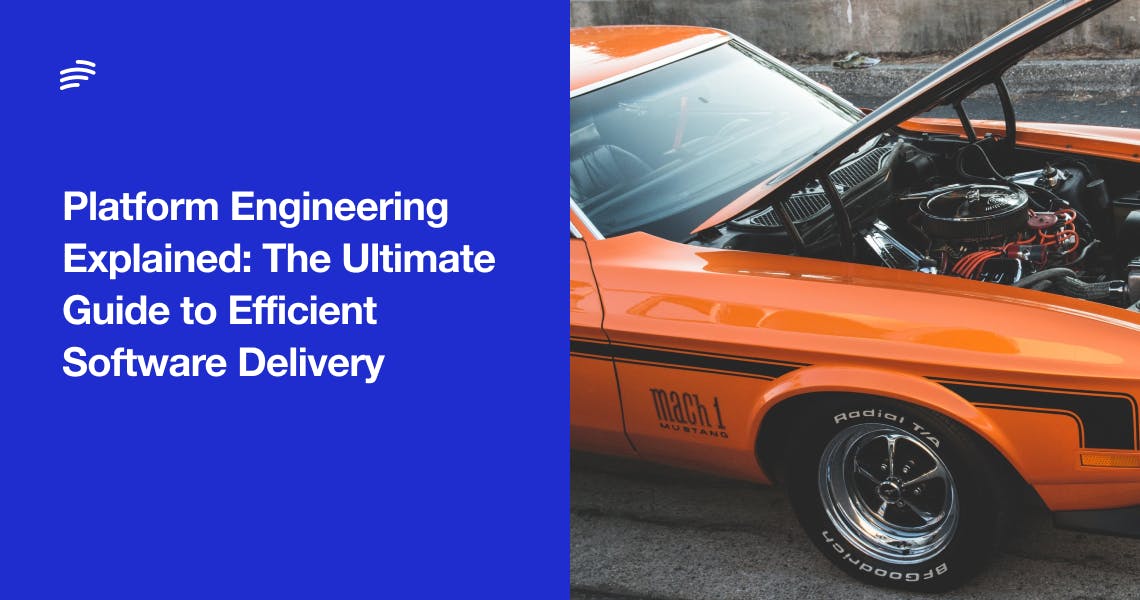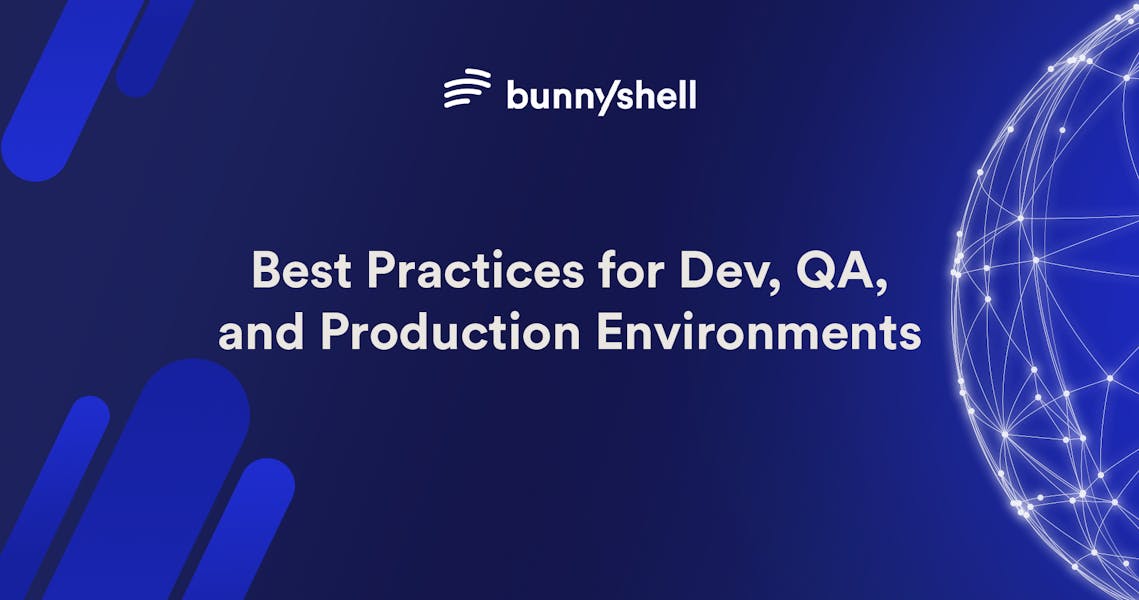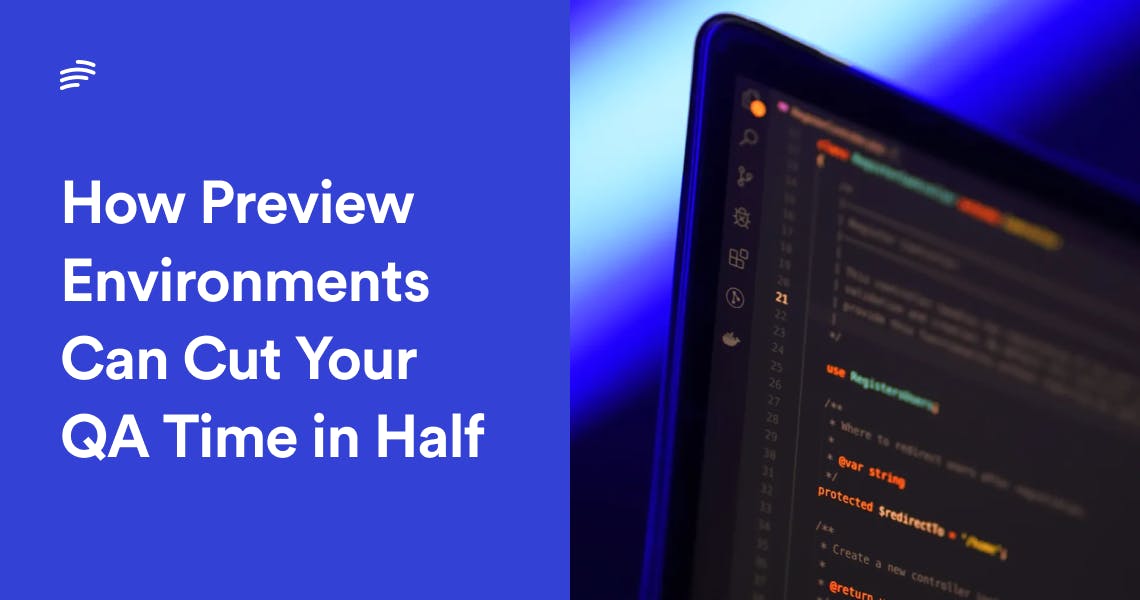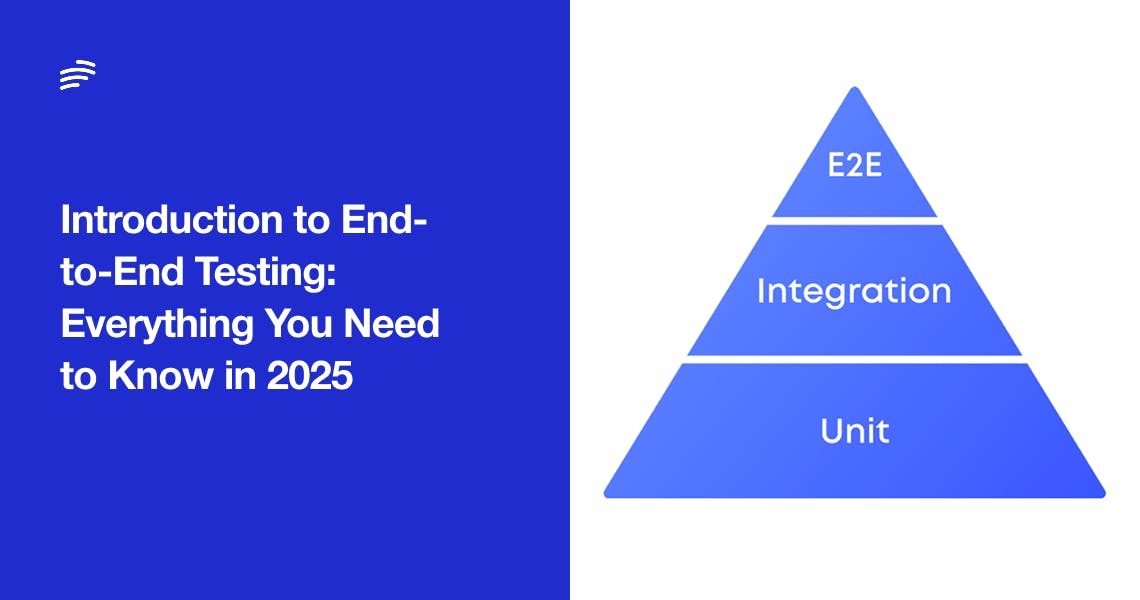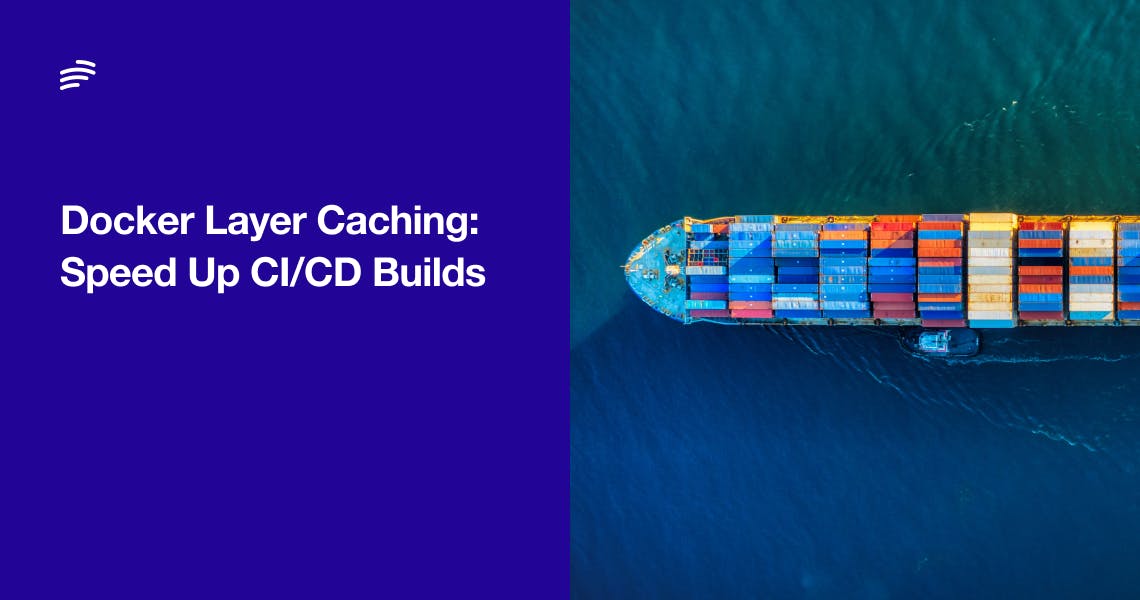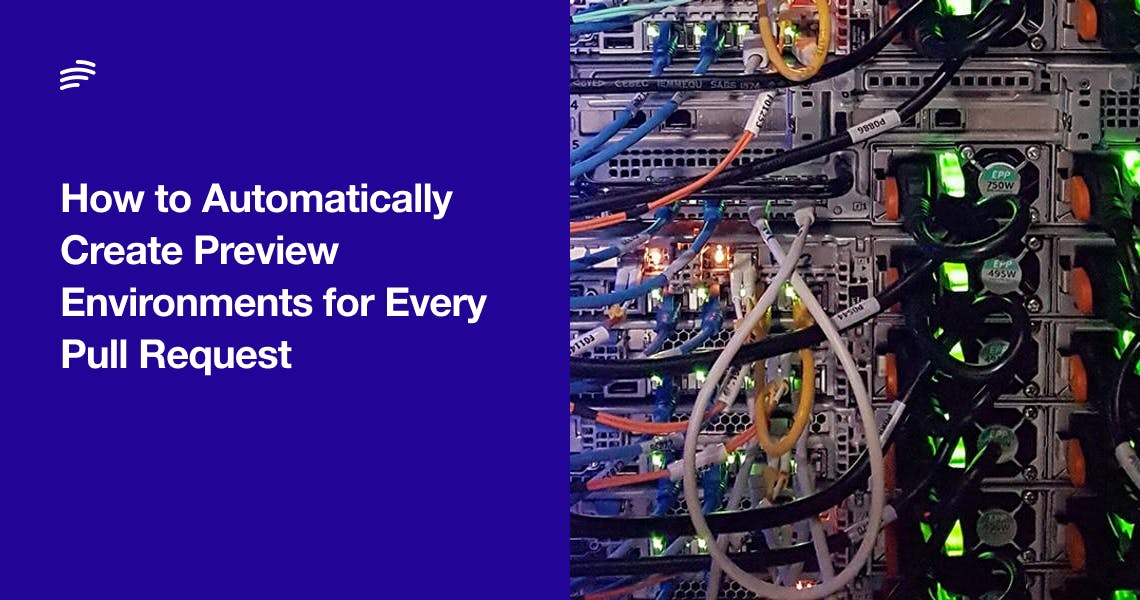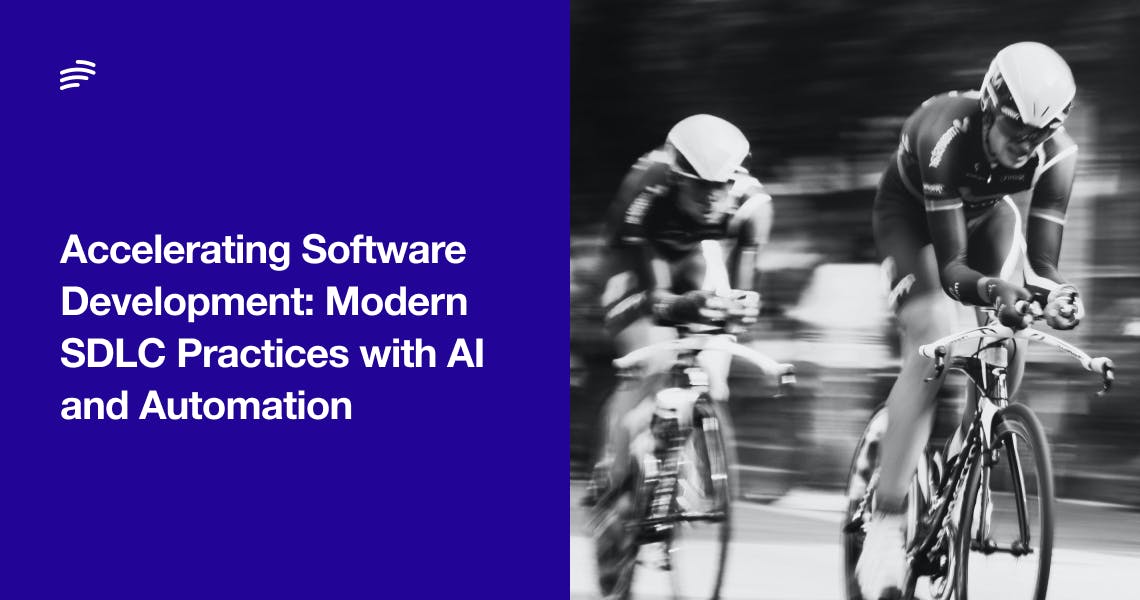Shared staging environments may seem convenient, but in fast-moving teams using GitHub Copilot or Cursor, they quickly become the bottleneck. This article breaks down the hidden costs - wasted dev time, delayed QA, fragile infrastructure - and explains why per-PR preview environments are the better solution. Built for 2025 startups that ship fast and test smarter.
Read moreThis article provides an introduction to Environment as Code (EaaC) and explains how it extends the principles of Infrastructure as Code (IaC) to include all aspects of an application’s environment—services, configurations, and dependencies. It highlights key benefits such as consistent, production-like testing environments, faster development cycles, improved collaboration, and cost optimization. Practical examples demonstrate how teams can spin up on-demand environments for feature branch testing, demos, or parallel staging.
Read moreFeature branches helped developers isolate code changes, but in today’s world of AI-generated code from tools like GitHub Copilot, Cursor, and Windsurf, that’s no longer enough. Startups are shipping more pull requests faster, yet still relying on outdated workflows that delay QA and increase the risk of bugs. This article explains why preview environments — which spin up full-stack, production-like environments for every PR — are a game changer. Learn how they streamline QA, speed up releases, and make testing AI-generated code safe and scalable.
Read moreDocker layer caching (DLC) is a powerful technique that can significantly accelerate your CI/CD pipelines. By reusing unchanged image layers across builds, DLC not only cuts down on build times but also reduces cloud costs and boosts developer productivity. In this article, we’ll break down how Docker layer caching works, how to implement it effectively, and how to combine it with ephemeral environments for maximum impact.
Read morePreview environments make testing AI-generated code fast and safe. In this hands-on guide, you'll learn how to automatically spin up a full-stack environment for every pull request using Bunnyshell. Works with GitHub, GitLab, Docker, Kubernetes, and more - no DevOps experience required. Perfect for engineering teams using tools like GitHub Copilot, Cursor, or Windsurf who want faster feedback and cleaner releases.
Read moreIn today’s AI-driven world, SaaS startups can’t afford to stick to outdated development workflows. This article explores how modern teams of 5–20 developers can dramatically boost velocity by combining AI assistants like ChatGPT, code copilots like Cursor, preview environments with Bunnyshell, and smart Git workflows. Packed with practical advice and comparisons to legacy SDLC methods, it’s a must-read playbook for any team that wants to build faster without breaking things.
Read more
